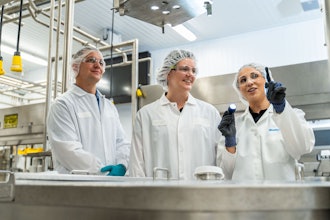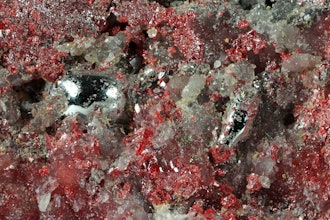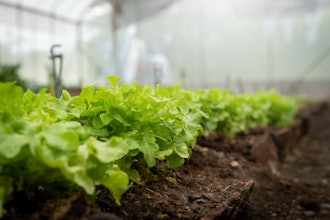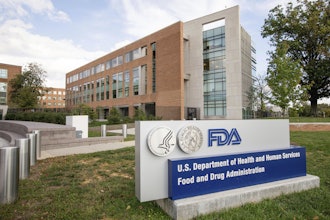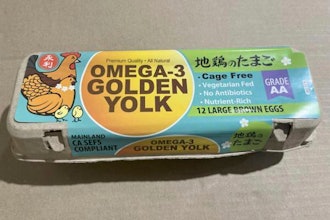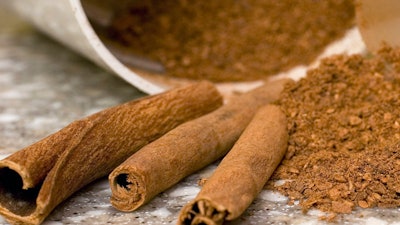
Several U.S. discount retailers recalled packages of ground cinnamon after federal health officials warned that they were contaminated with high levels of lead.
The U.S. Food and Drug Administration issued a safety alert for six brands of cinnamon, including those sold at Dollar Tree and Family Dollar stores.
The move followed massive recalls last fall of WanaBana and other brands of cinnamon applesauce pouches linked to nearly 500 reports of lead poisoning in young children in 44 states. The FDA tested retail samples of spices to determine whether other products were contaminated.
The new recalls are raising questions about the safety of cinnamon, a popular spice found in many American kitchens.
Here's what you should know:
Which brands of cinnamon have been recalled?
Recalls have been issued for Marcum and Supreme Tradition brand ground cinnamon sold at Dollar Tree, Family Dollar and Save A Lot stores nationwide.
Other recalls include El Chilar brand cinnamon sold at La Joya Morelense in Baltimore, Maryland; and Swad cinnamon powder sold at Patel Brothers stores across the U.S.
FDA officials said they have not been able to contact MTCI of Santa Fe Springs, California, which distributes MK brand cinnamon sold at SF Supermarkets in several states.
How much lead was found in cinnamon?
FDA tests found lead levels ranging from 2 parts per million to 4 parts per million in the recalled cinnamon. That's far lower than the 2,000 to 5,000 parts per million detected in the ground cinnamon from Ecuador that contaminated the applesauce pouches.
There is currently no FDA limit for heavy metals in spices. However, the agency has set a limit of 1 part per million of lead in candy likely to be consumed by small children.
The American Spice Trade Association, an industry trade group, calls for no more than 2 parts per million of lead in bark spices such as cinnamon.
Where did the recalled cinnamon come from?
The source of the recalled cinnamon is unclear, as is where it was produced, FDA officials said. Cinnamon in the U.S. is imported from many places, including India, Sri Lanka, Vietnam and other parts of Southeast Asia.
However, the agency said there's no reason to believe that the recalled cinnamon came from the same Ecuadorian supplier implicated in the contaminated applesauce pouches.
How does lead get into cinnamon?
Many foods, including spices, contain lead from natural sources such as soil and water, said Karen Everstine, technical director for FoodchainID, a company that tracks food supply chains.
Spices can accumulate lead from other sources in the environment, such as leaded gasoline or other pollution. Some lead in spices may come from manufacturing, storage or shipping processes.
In some cases, spices have been mixed with substances, including lead, to boost color or weight, increasing the value of the product. FDA officials have said that the applesauce pouches may have been intentionally contaminated for this type of economic reason.
How can lead in spices affect health?
No amount of lead is safe, so it should be avoided, health officials said. Because spices are used in such small amounts, the potential harm of any single use is small, but damage could occur after weeks or months of exposure.
Lead can cause long-term problems in adults, including greater risk of high blood pressure, heart disease and kidney damage. Lead is especially harmful to children, where it can cause problems with basic intelligence, learning and behavior.
How can I avoid lead in my spices?
It can be difficult, if not impossible, to know whether spices on grocery shelves are contaminated with lead or other toxins, Everstine said.
Consumers should buy spices from companies that have publicly said they monitor their sources. They have a vested interest in protecting their brands, she said.
That can be tough, especially when grocery prices — including spices — remain high. But this is an instance when it might be worth it.
"Be skeptical of prices that appear too good to be true. It costs money to control your supply chain," she said. "If you have cinnamon that is a quarter of the price of another cinnamon, why is that?"










